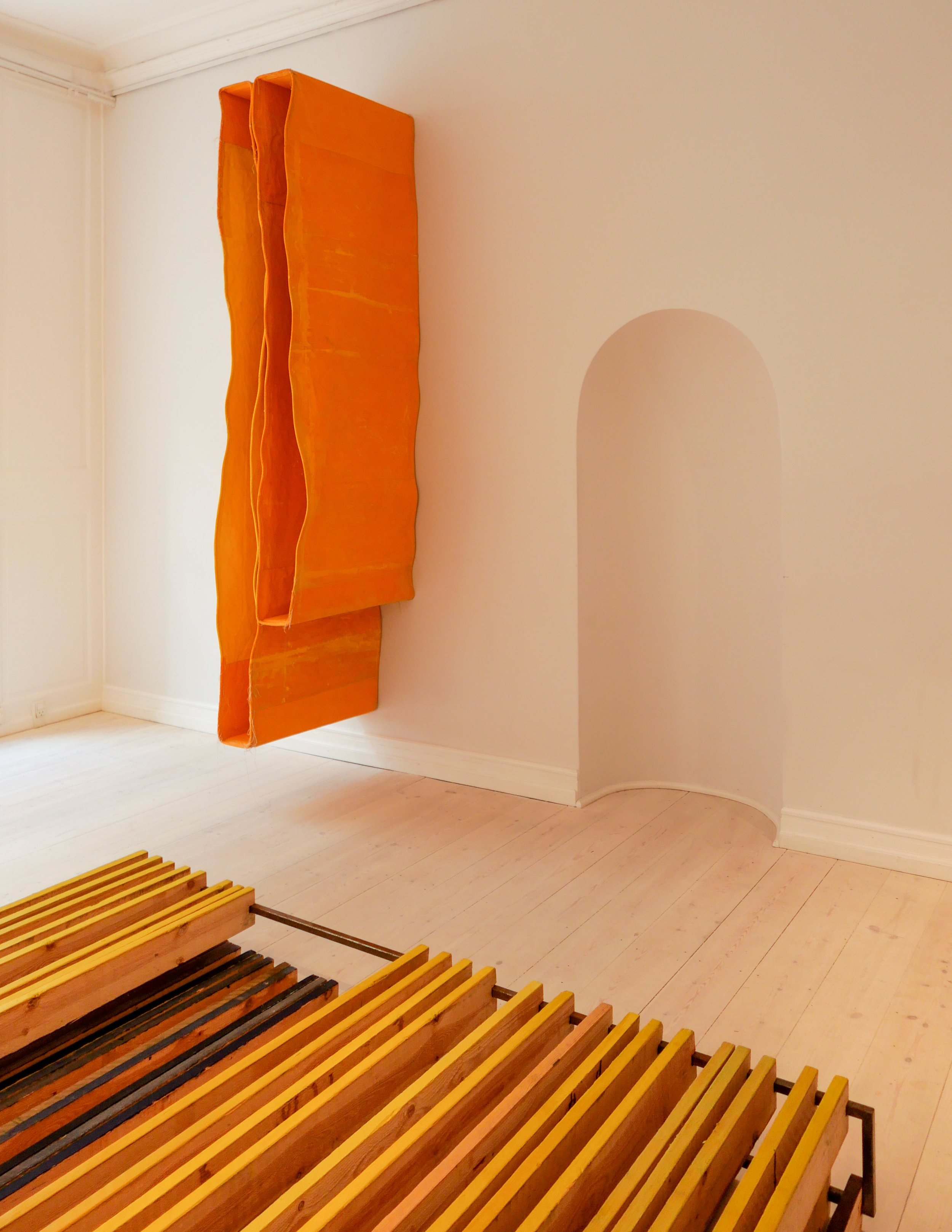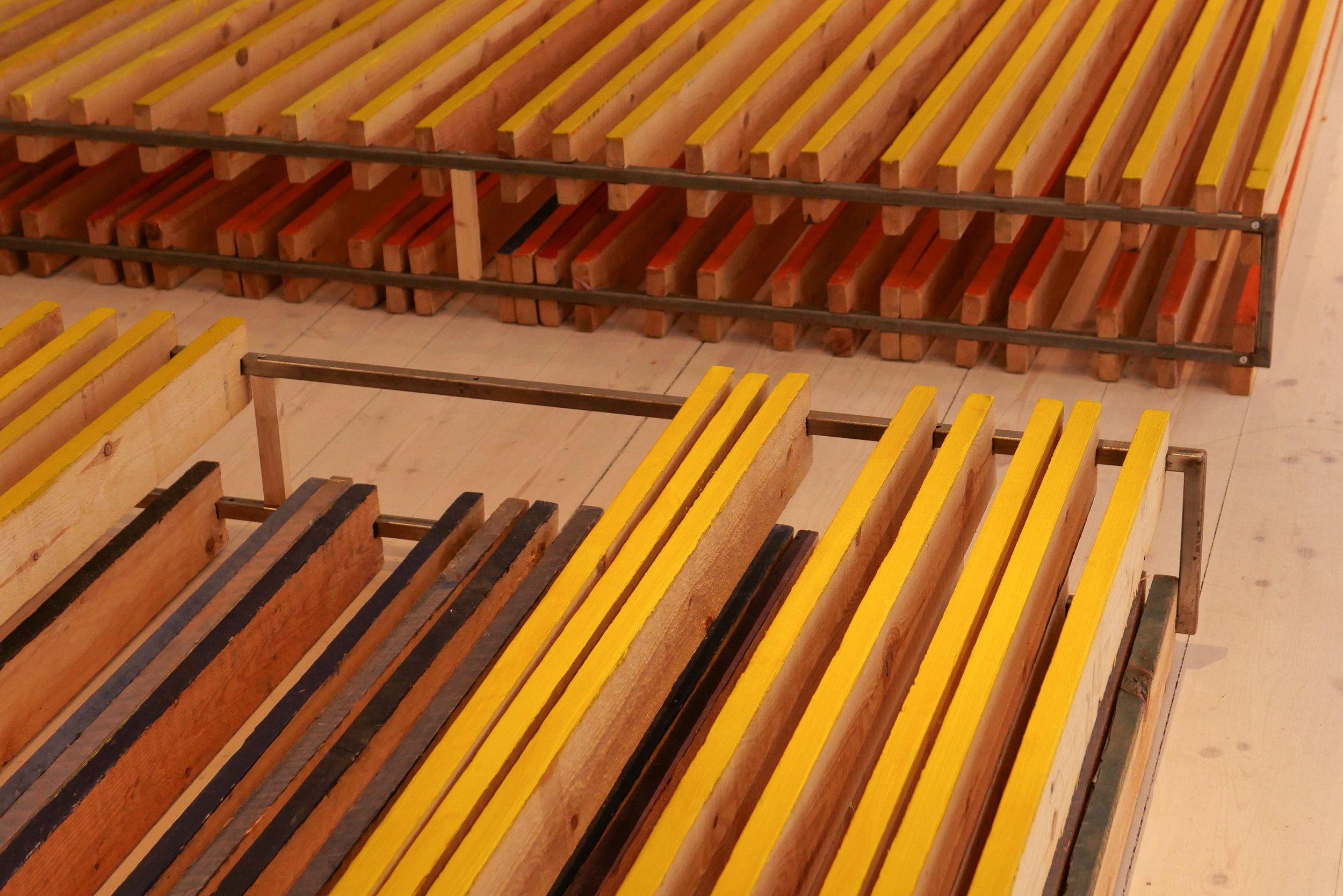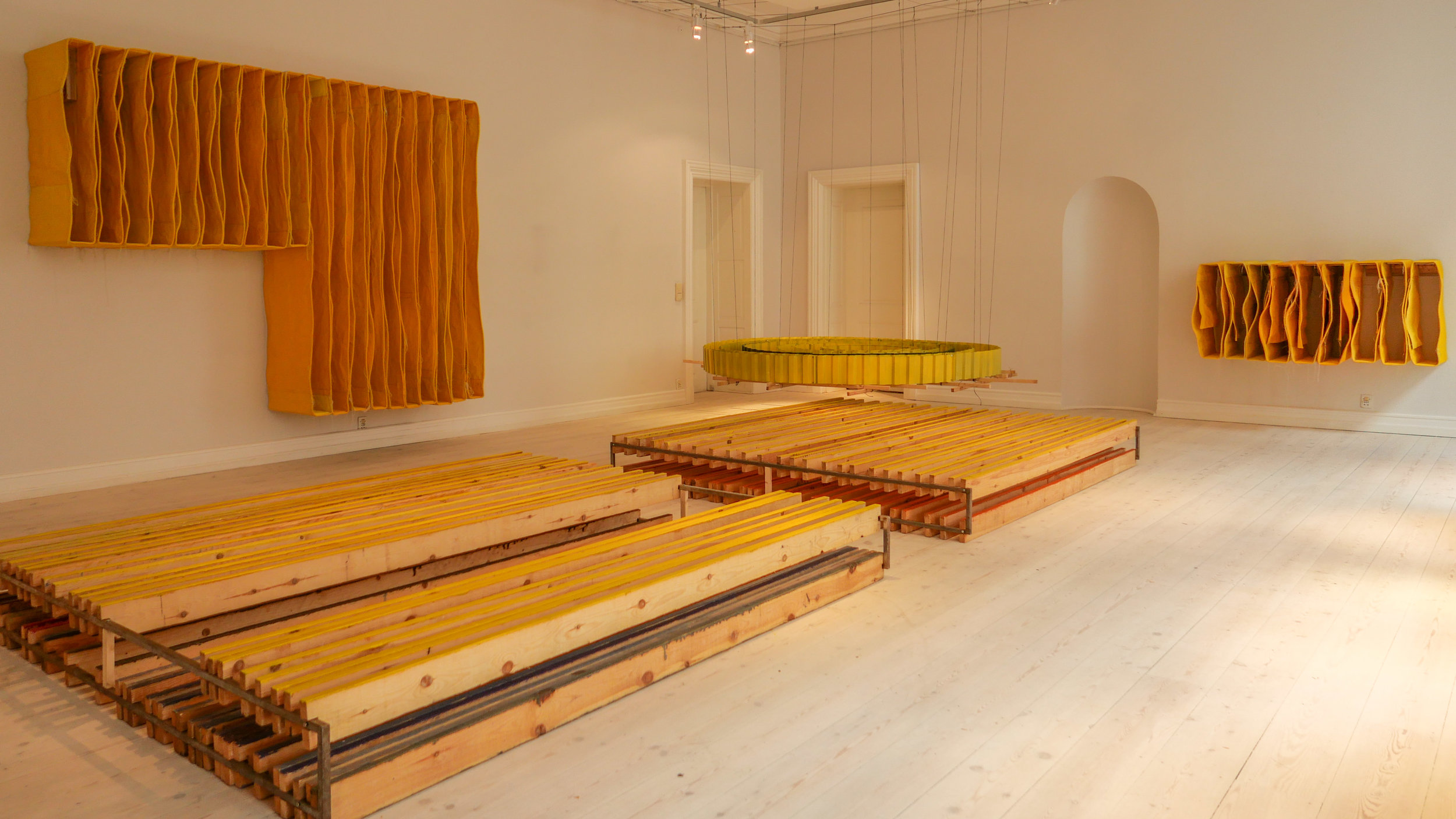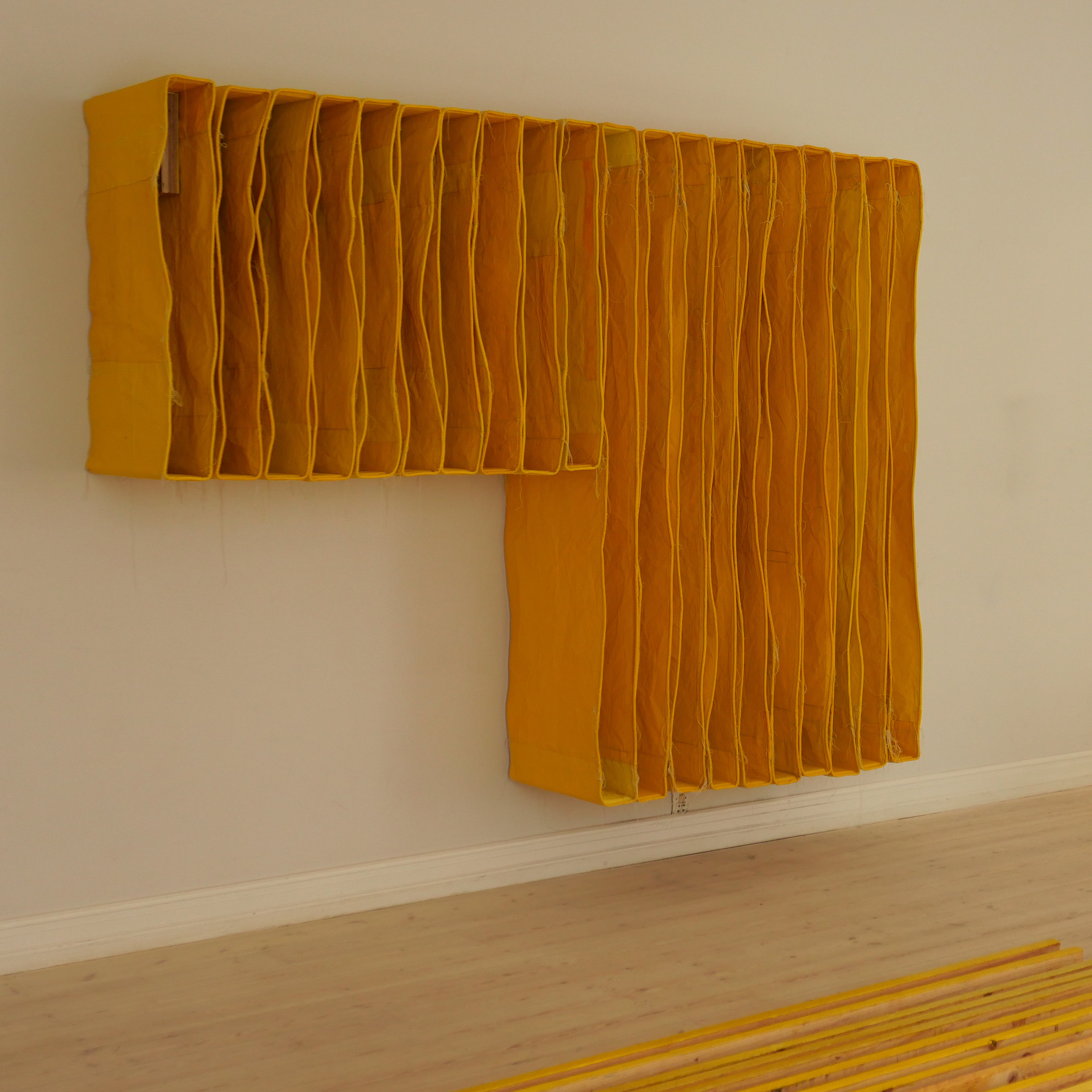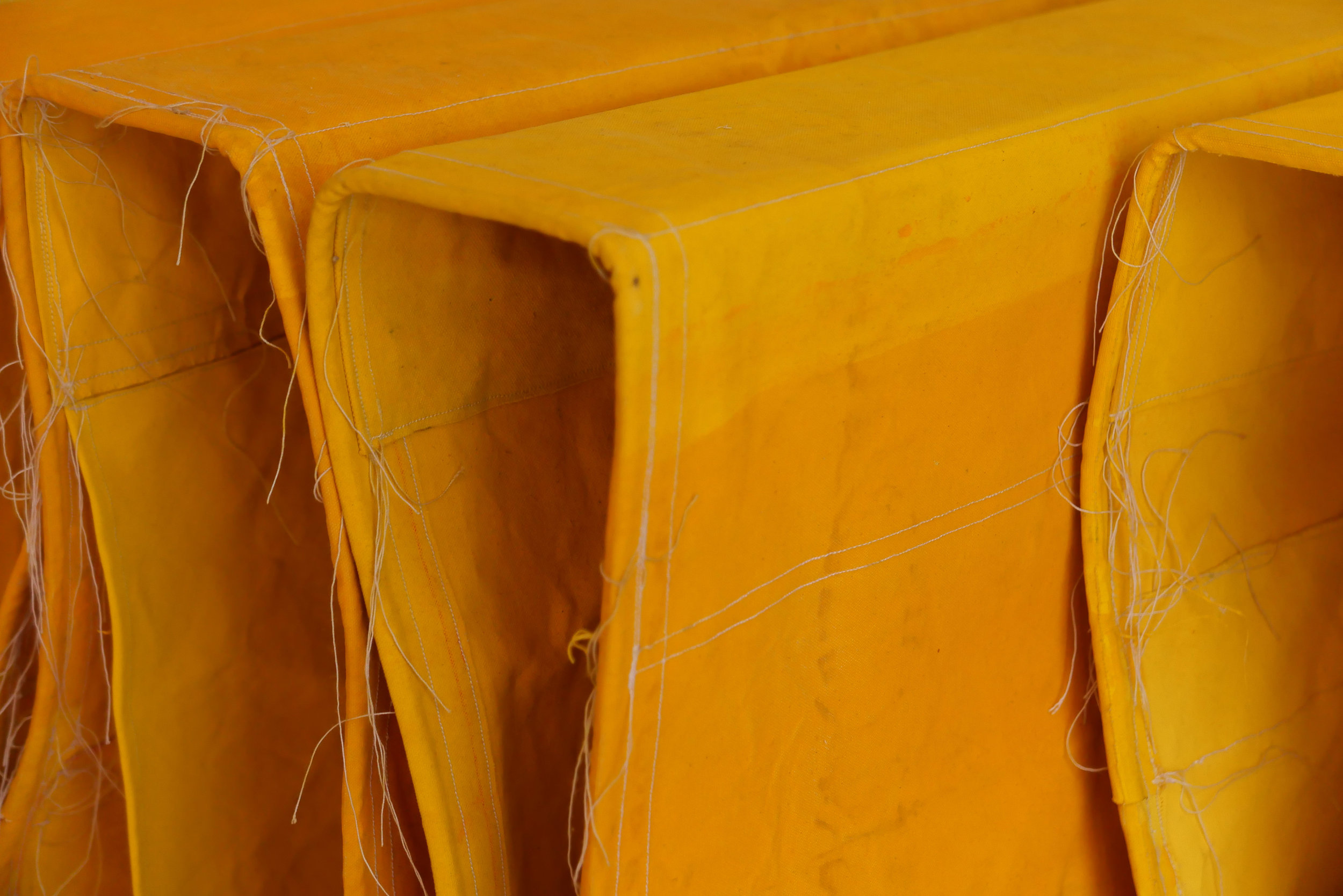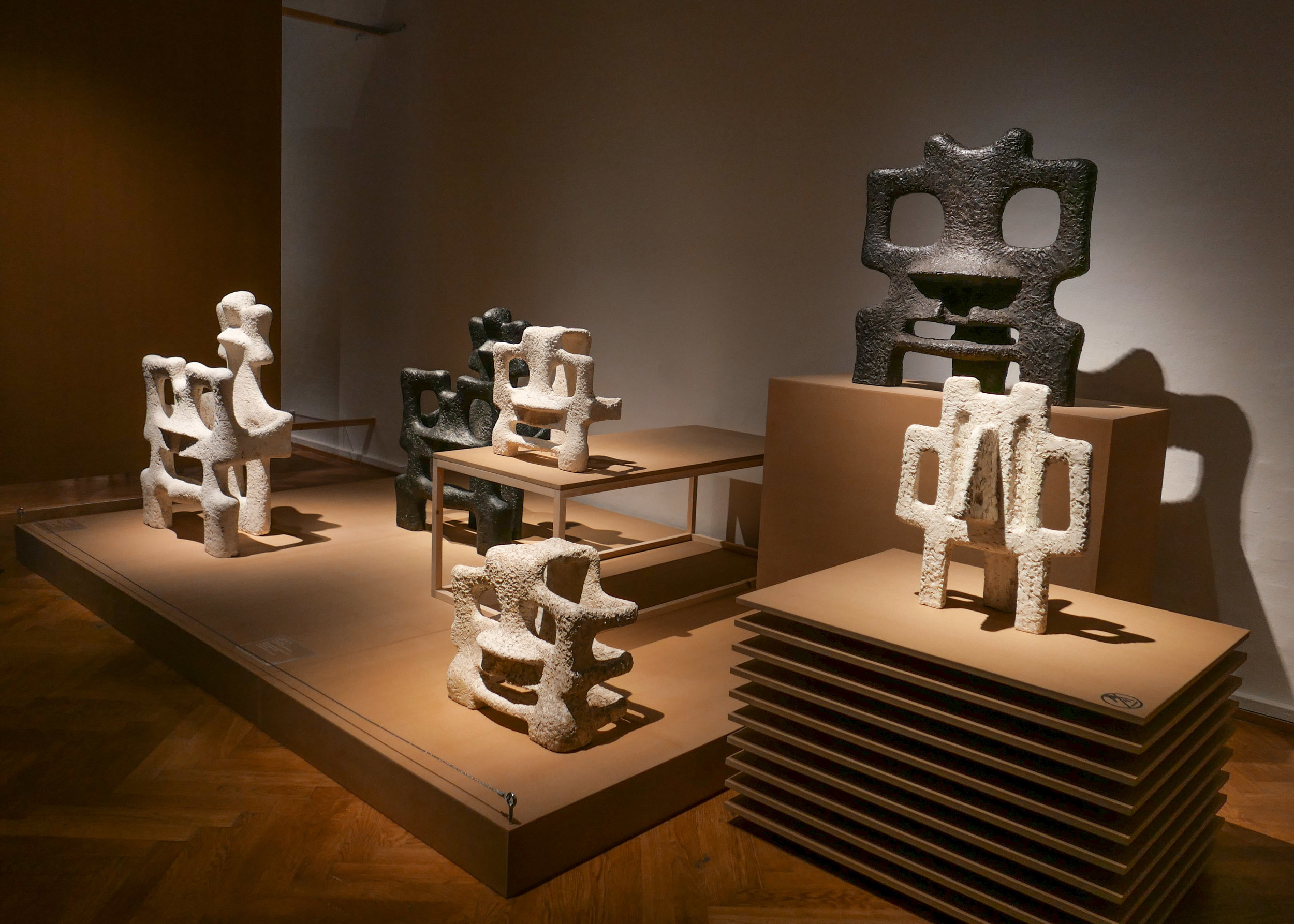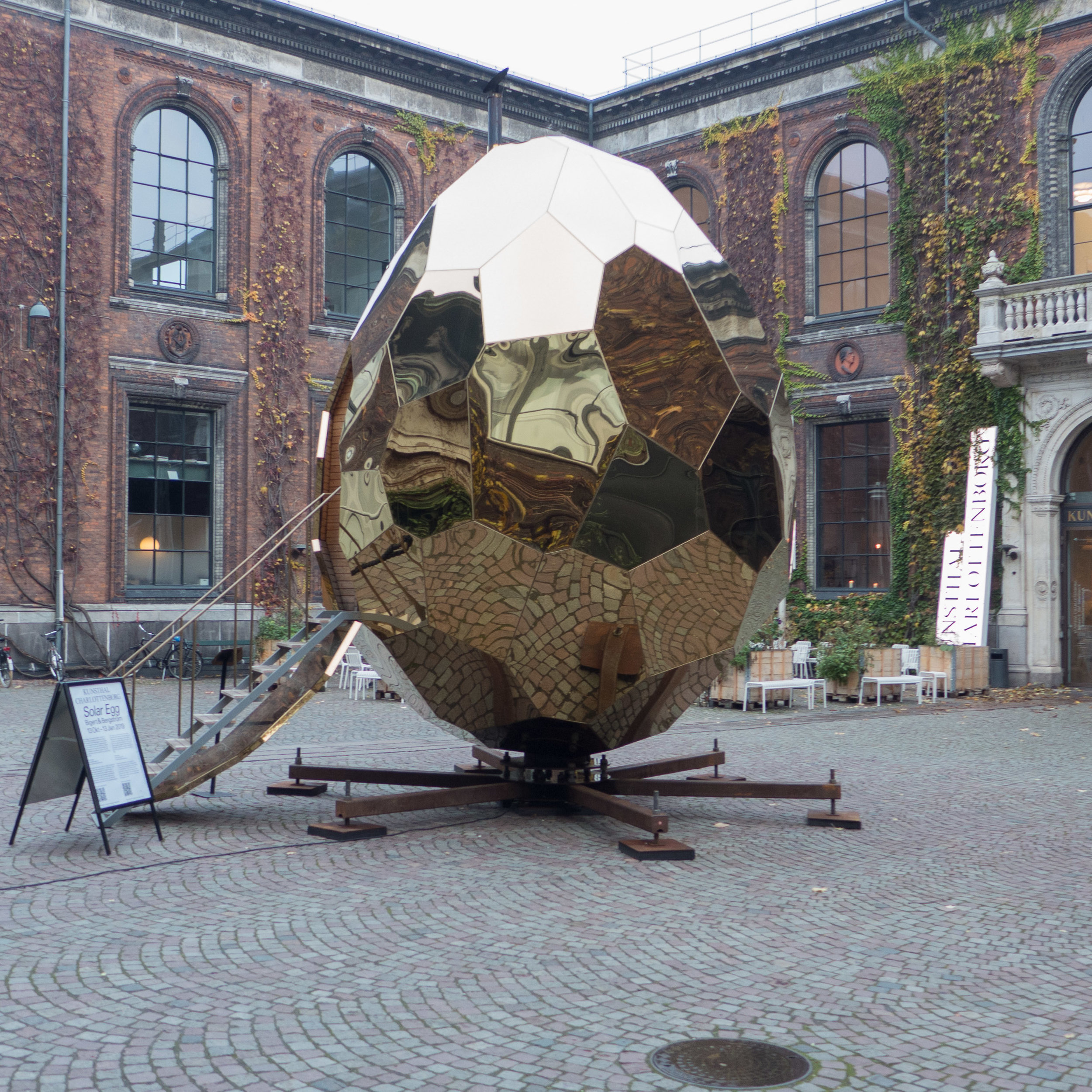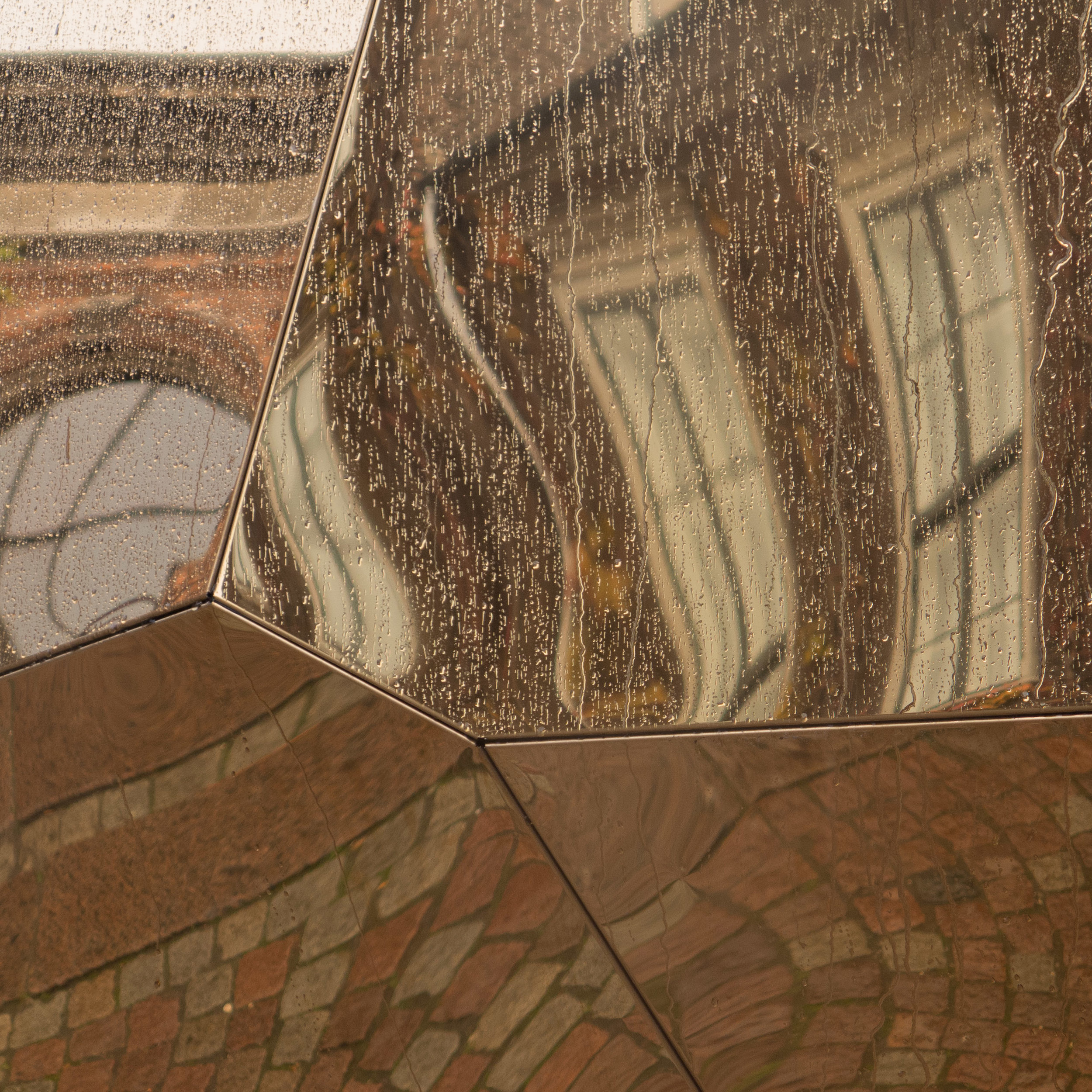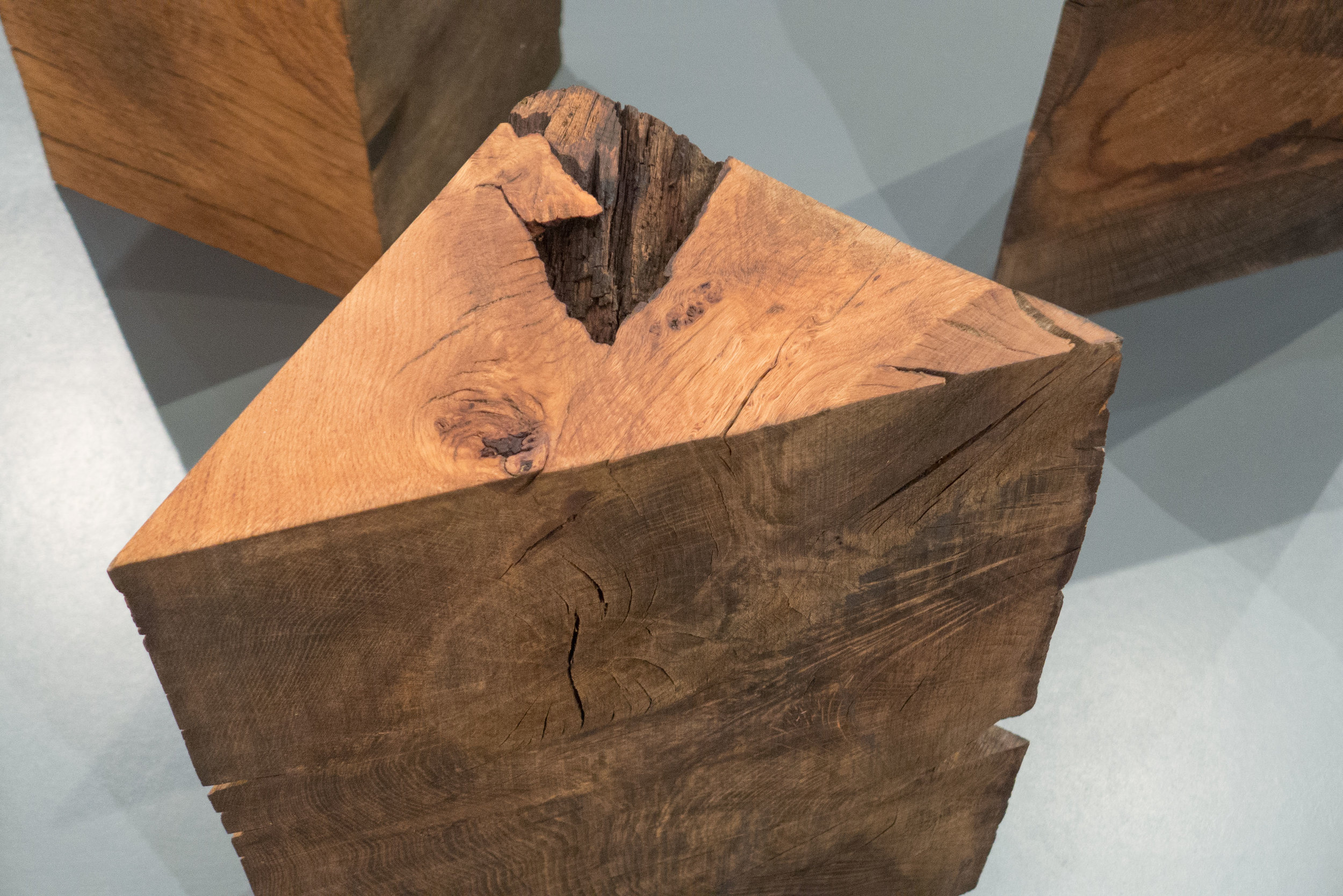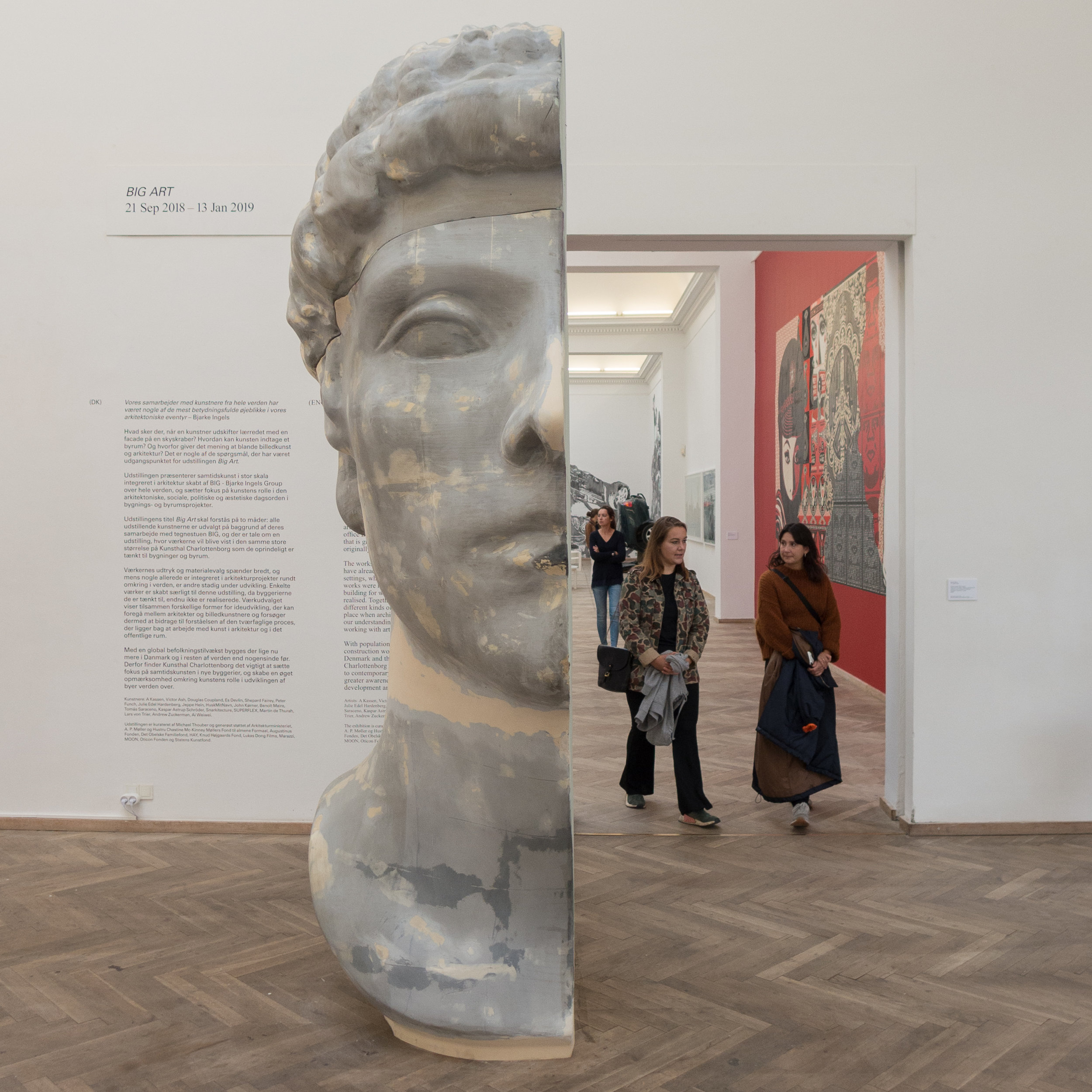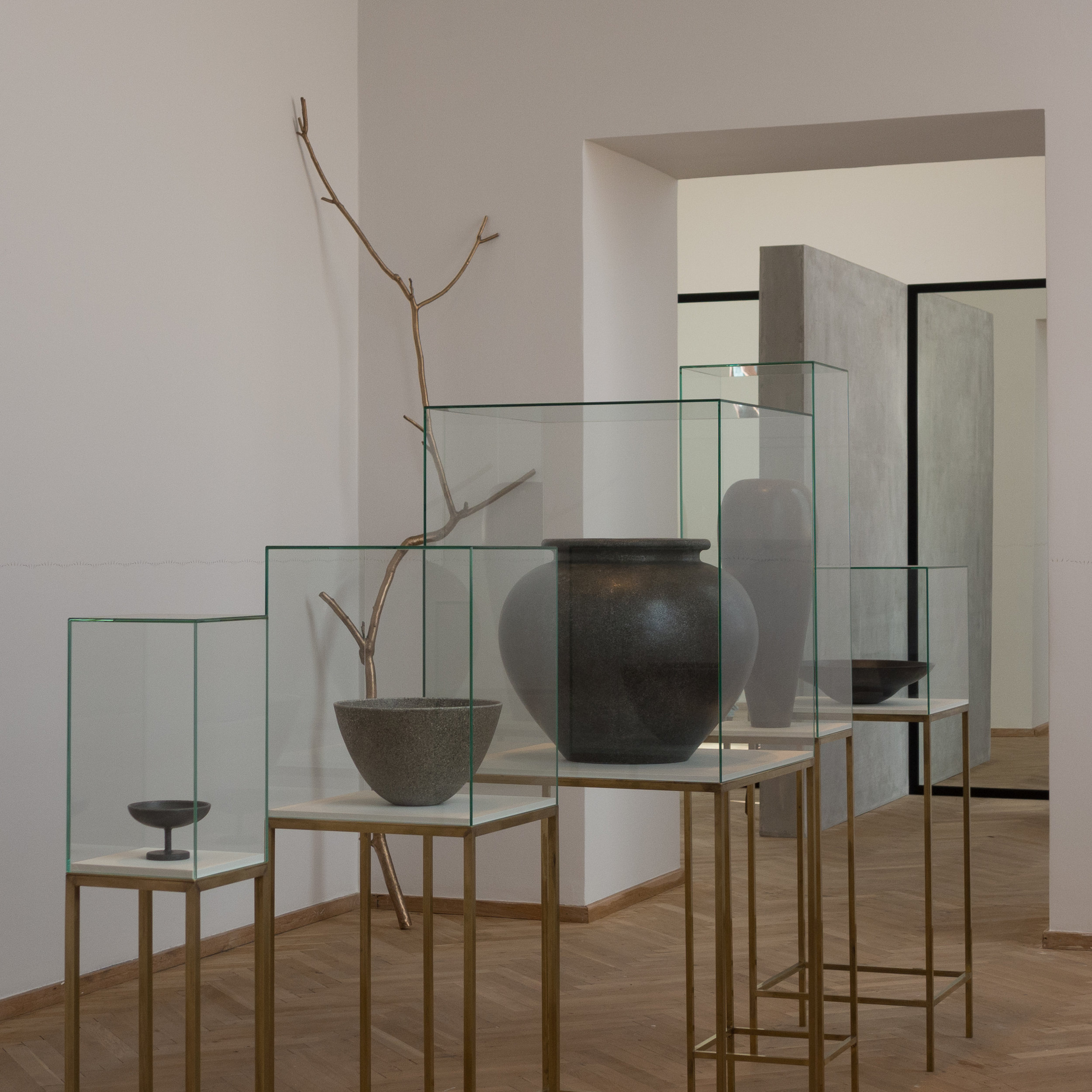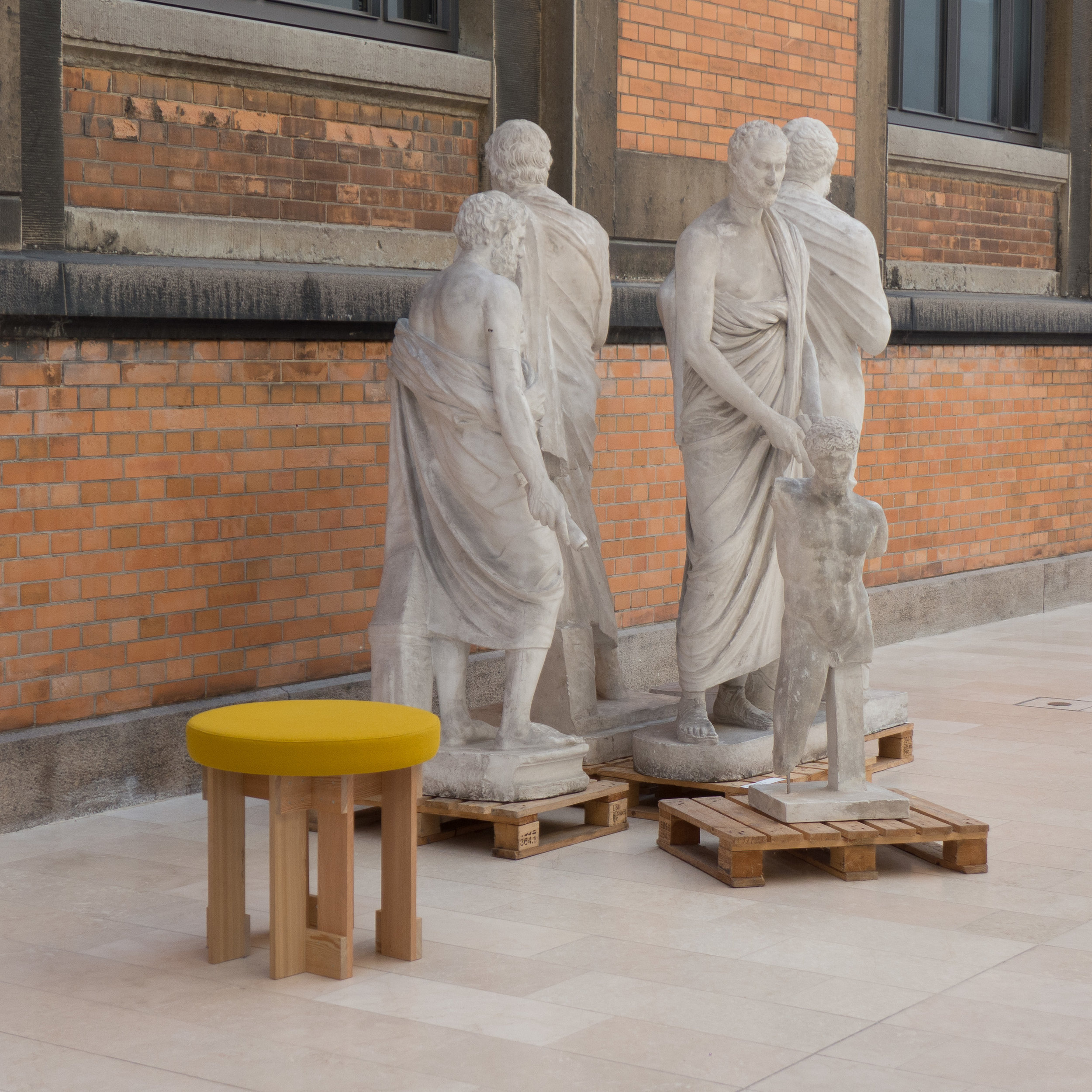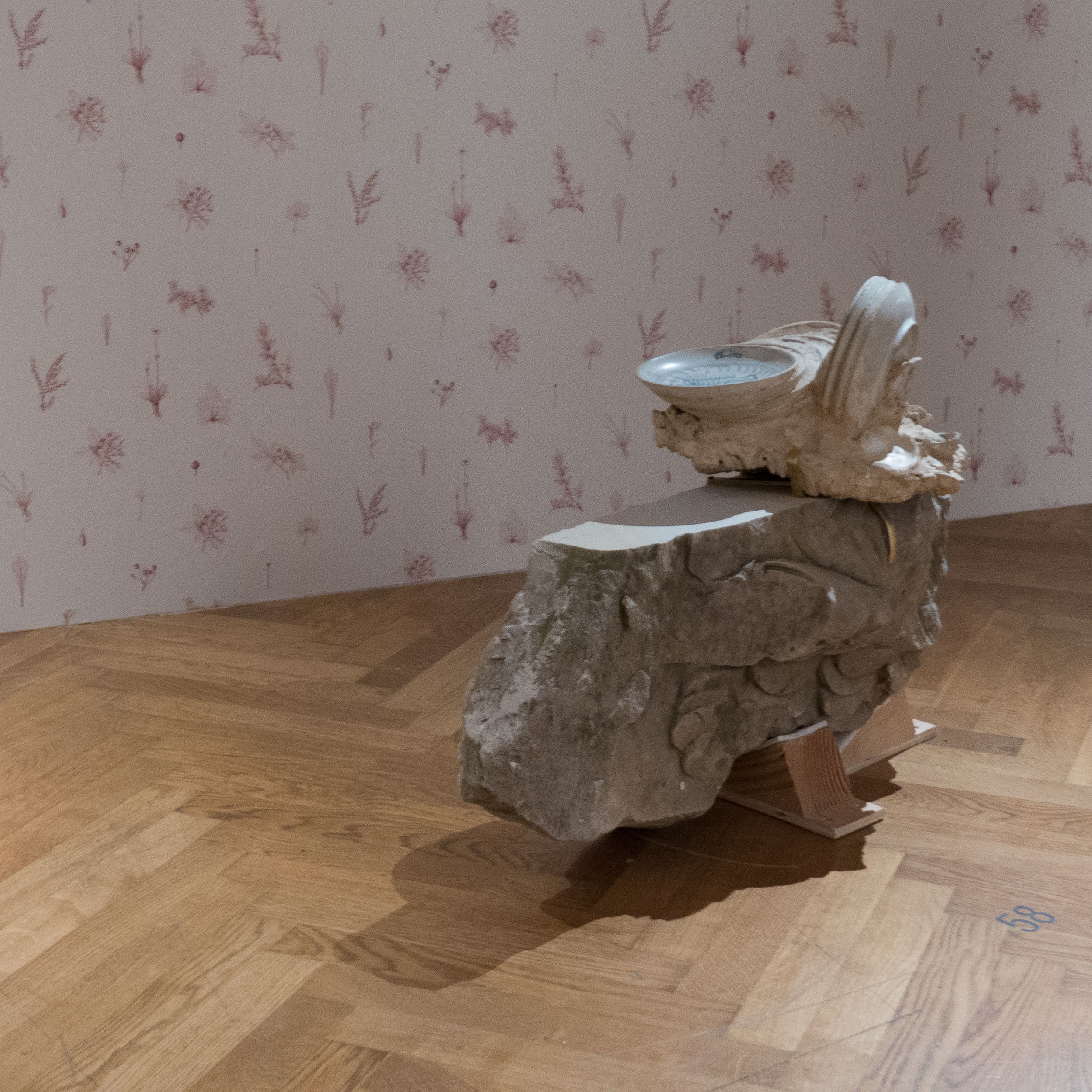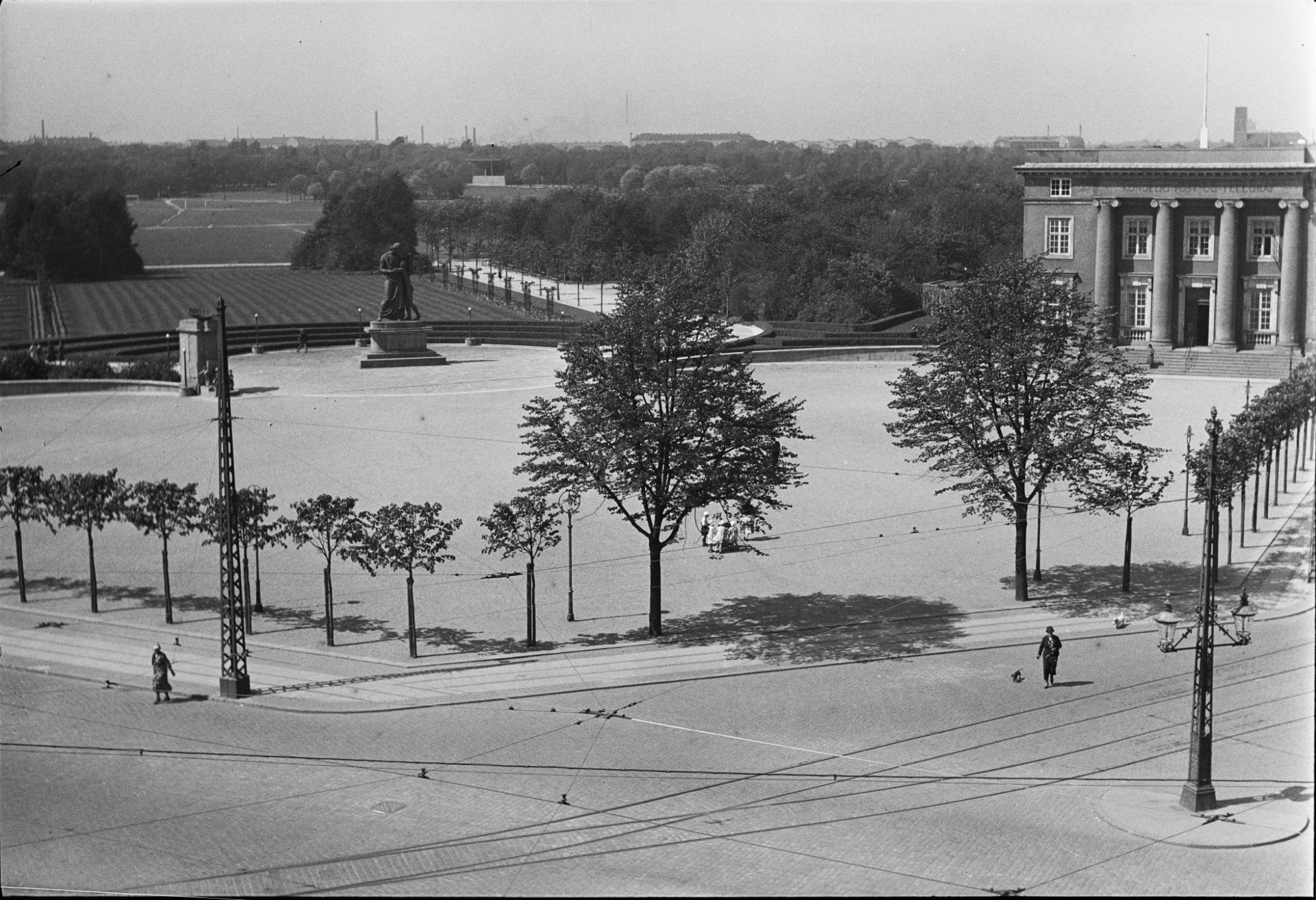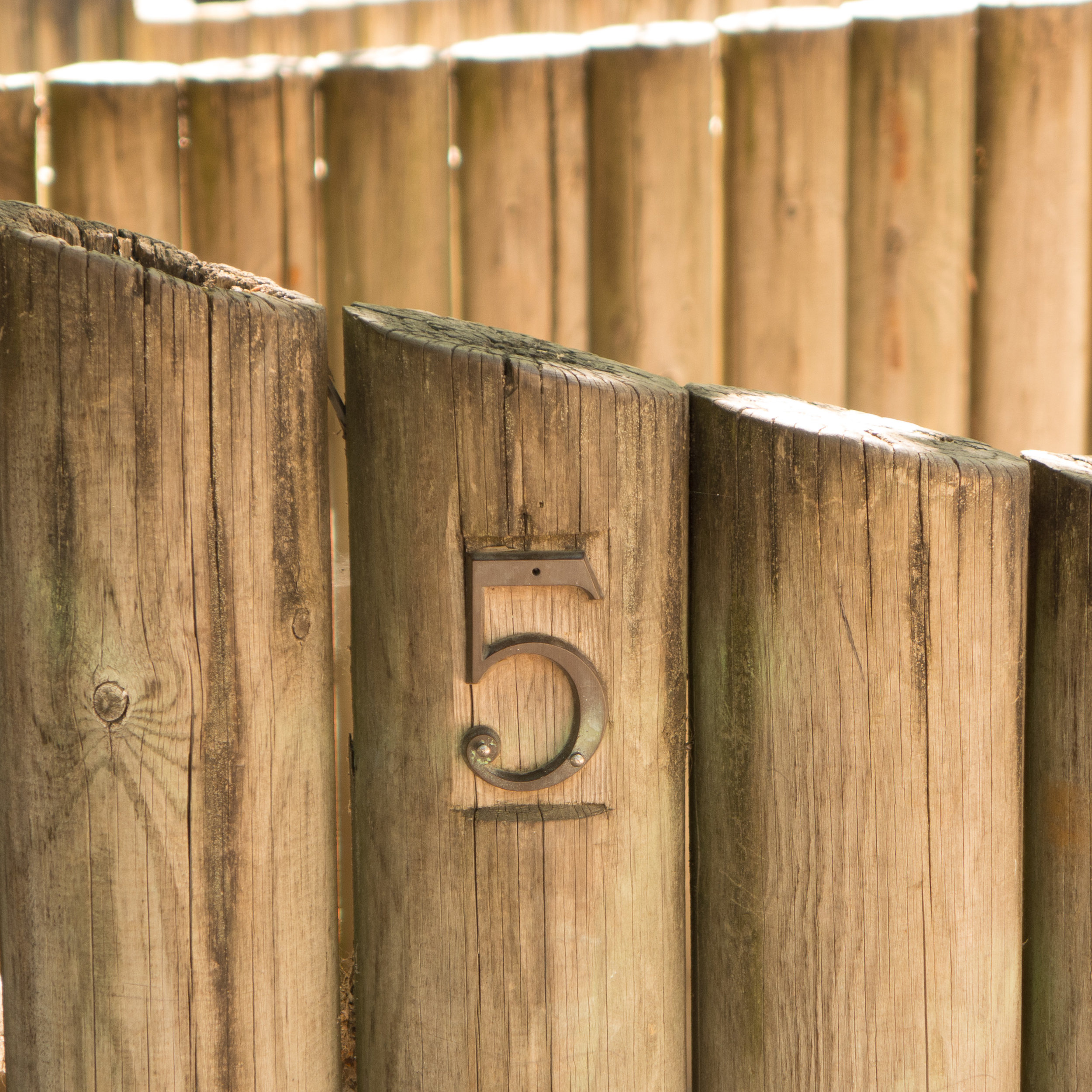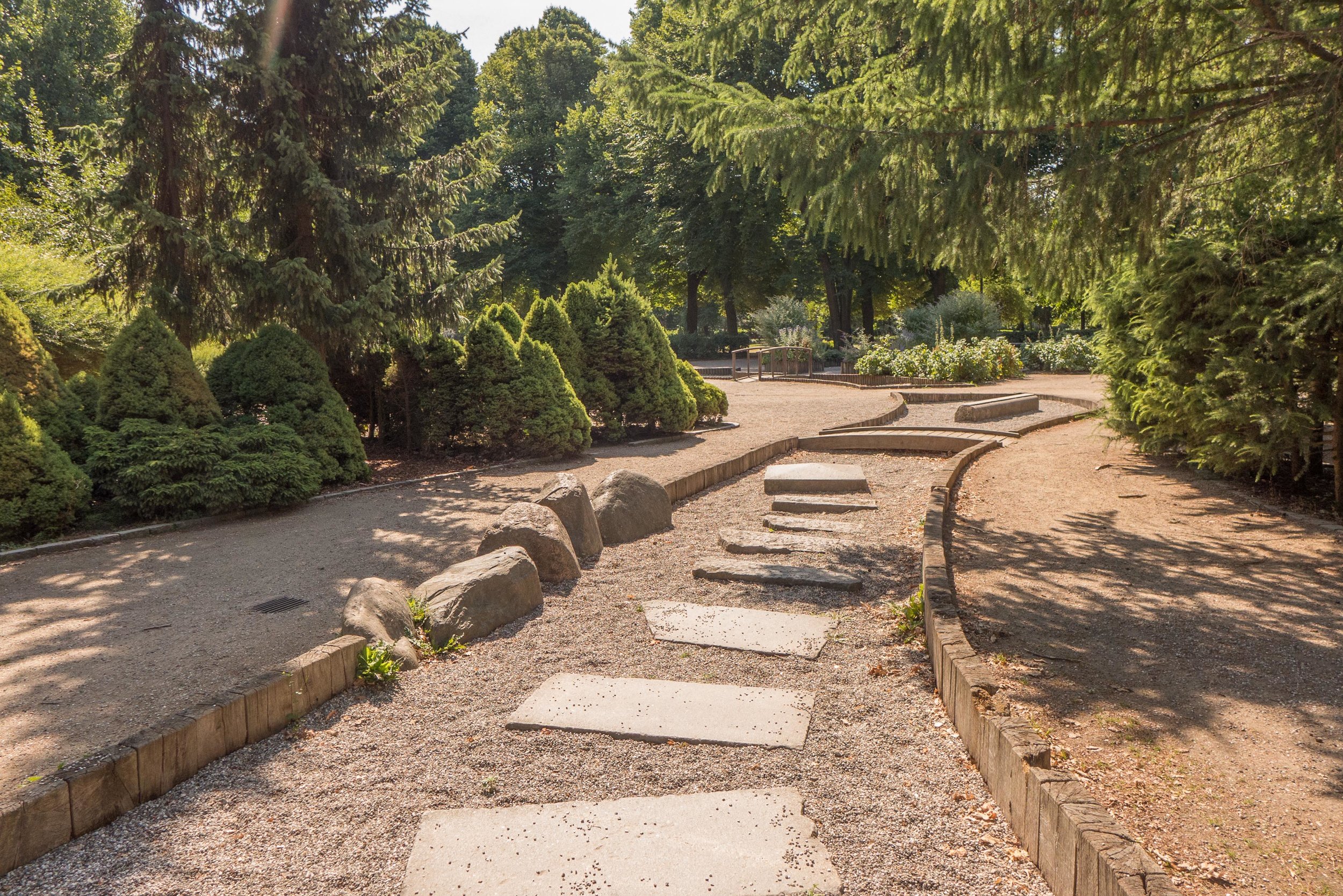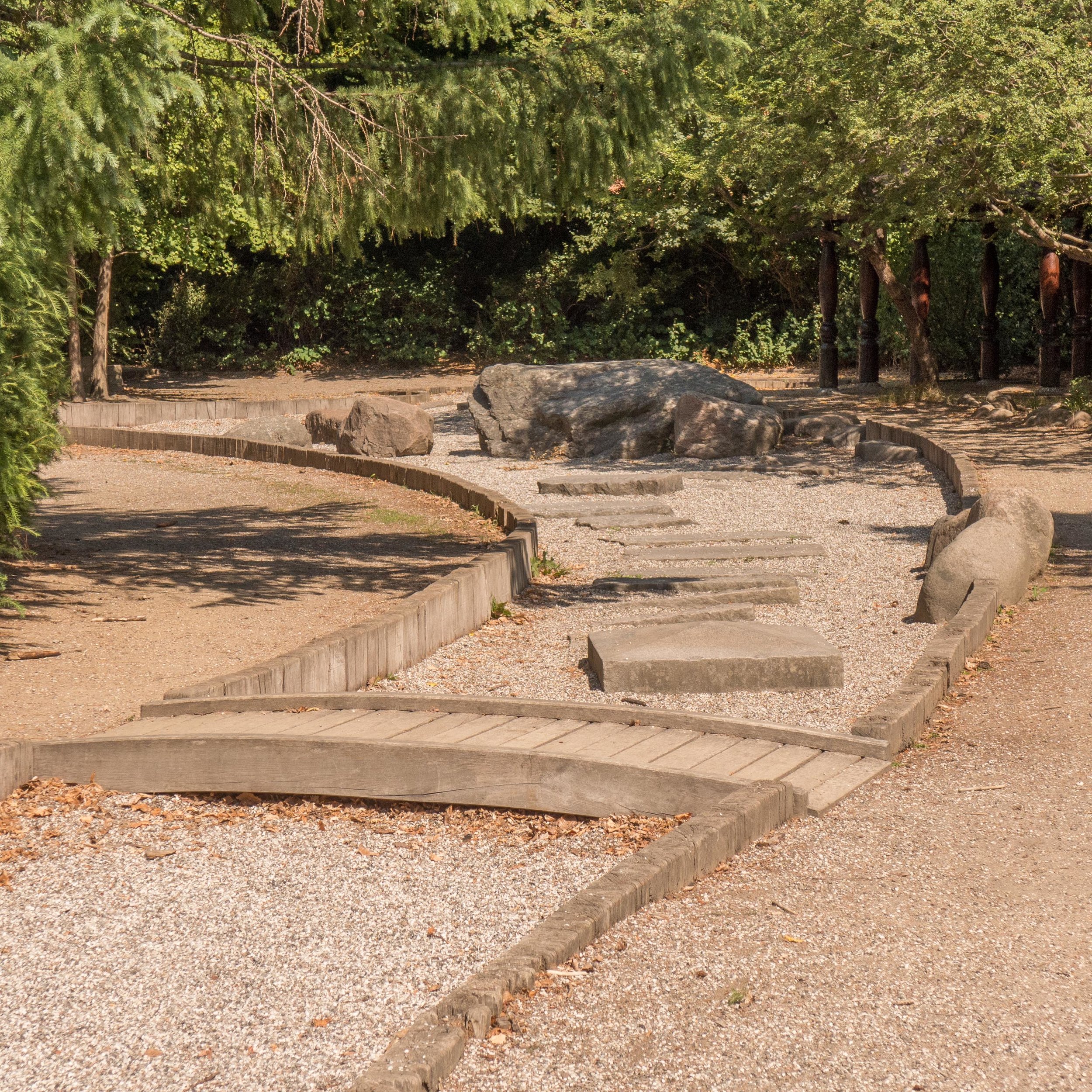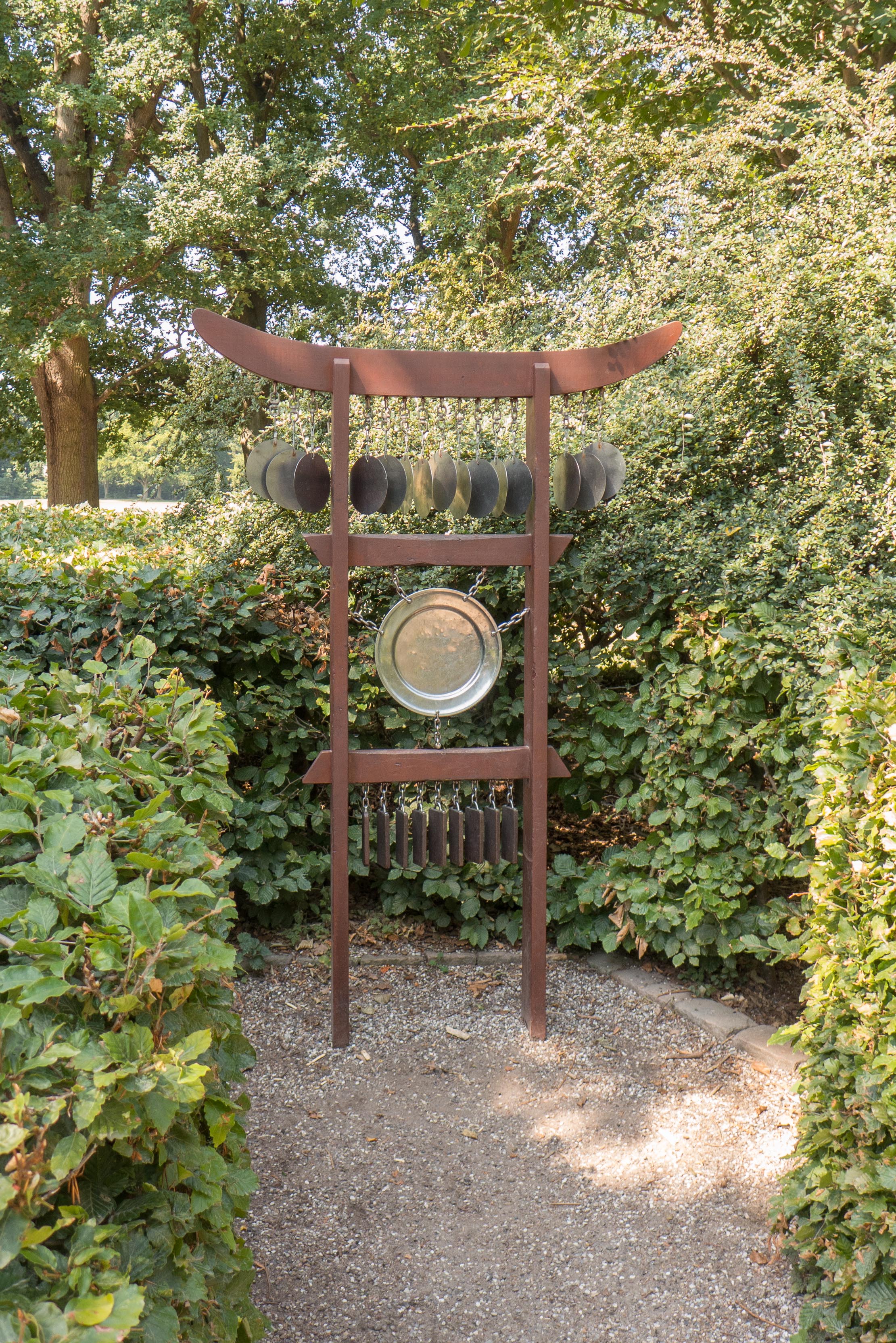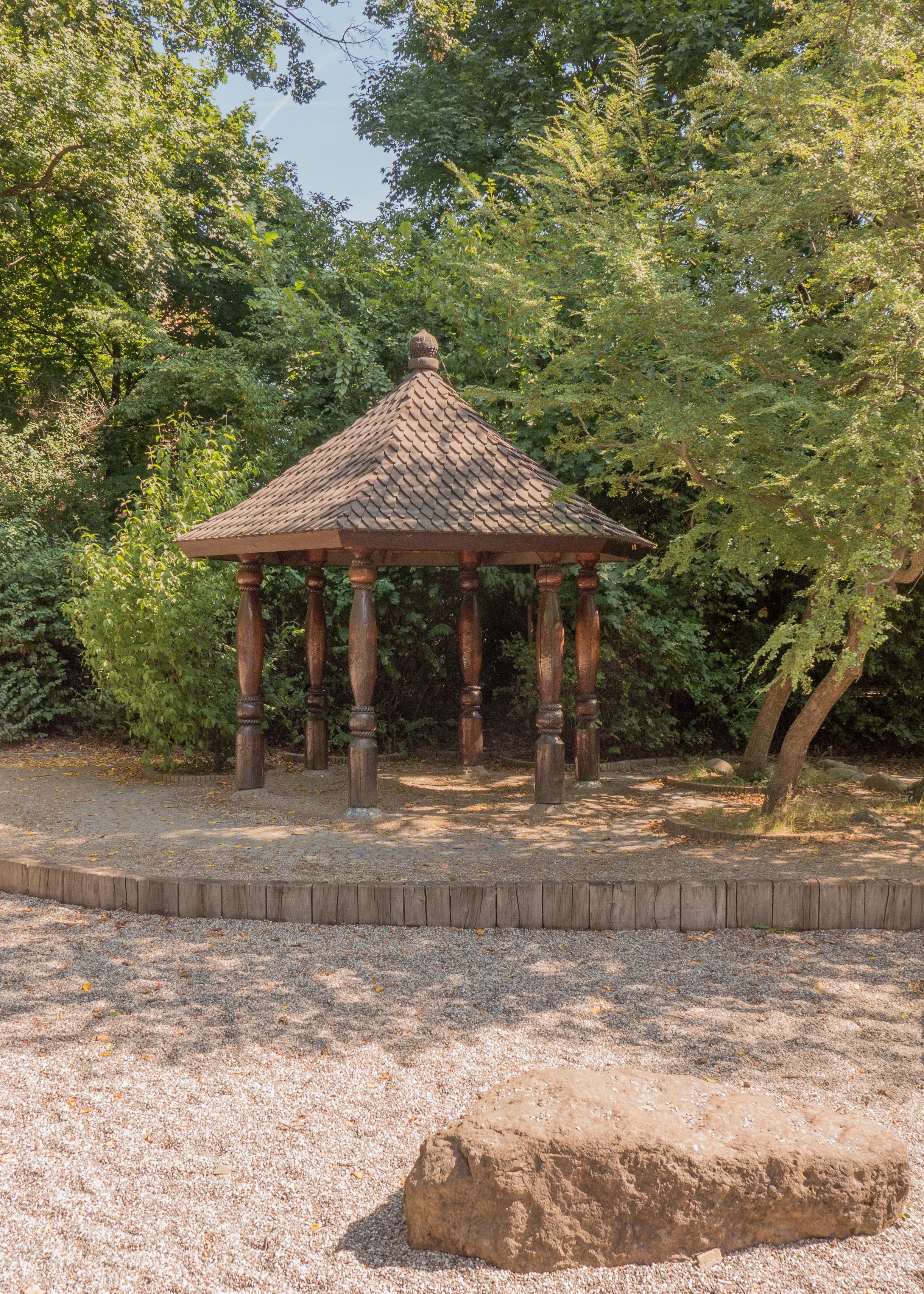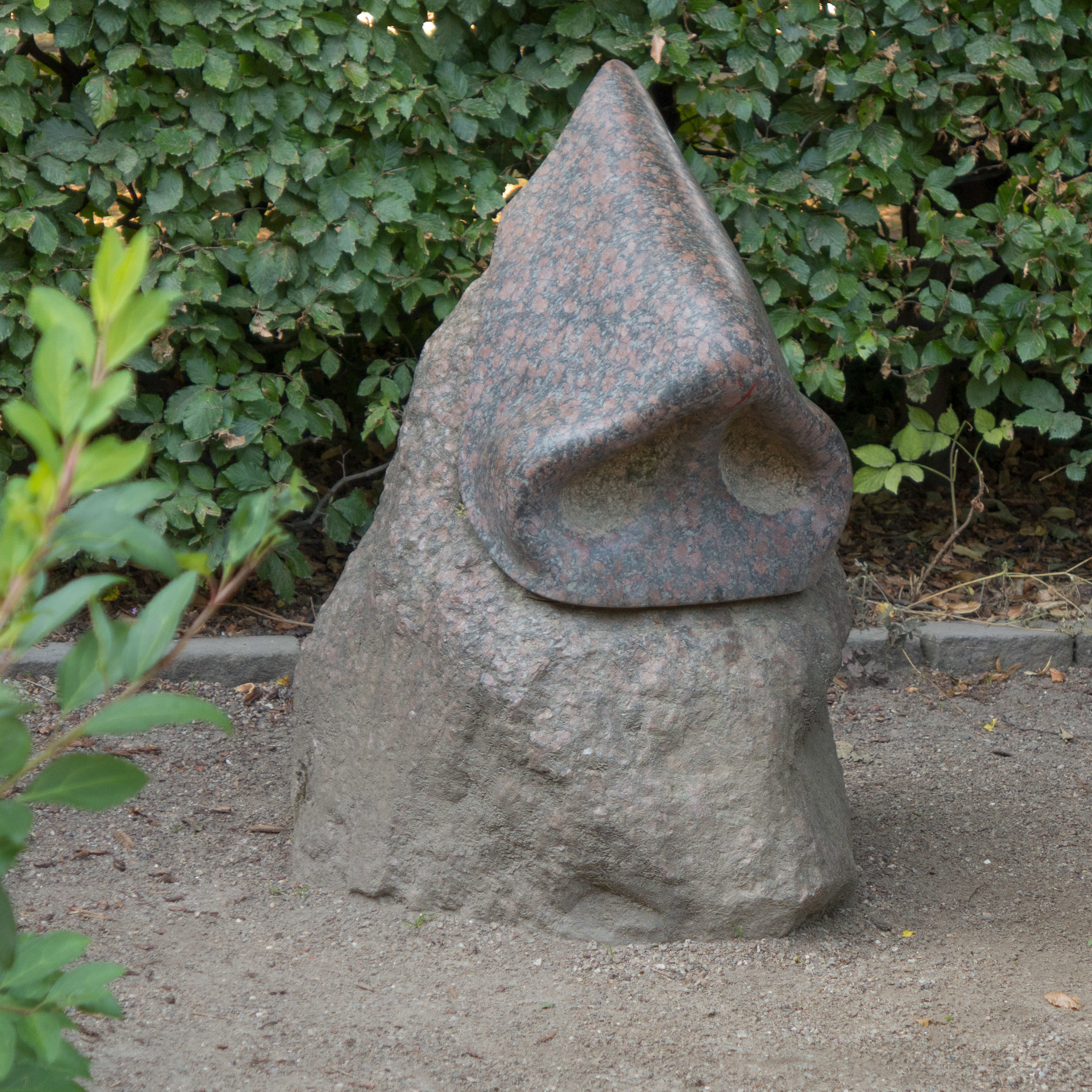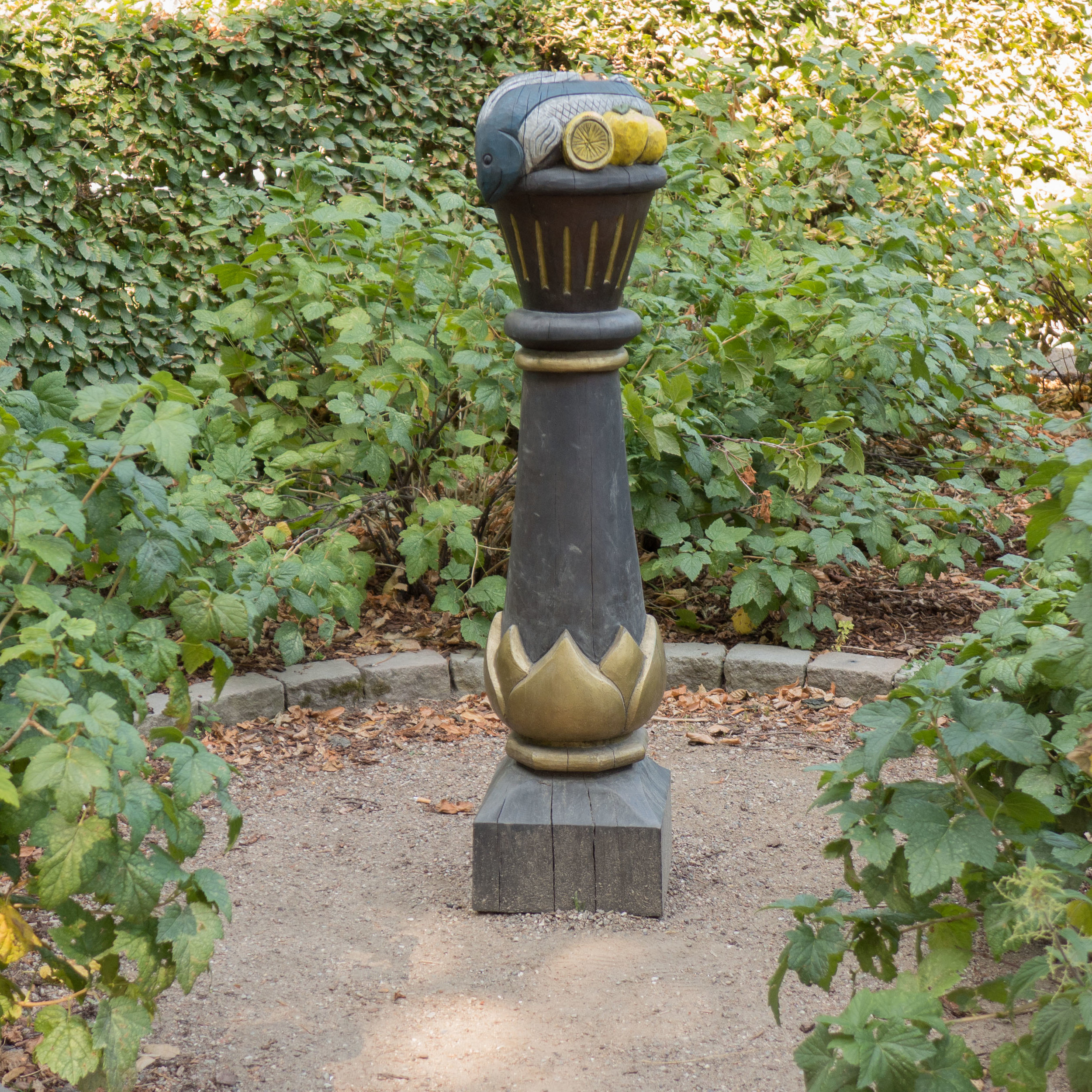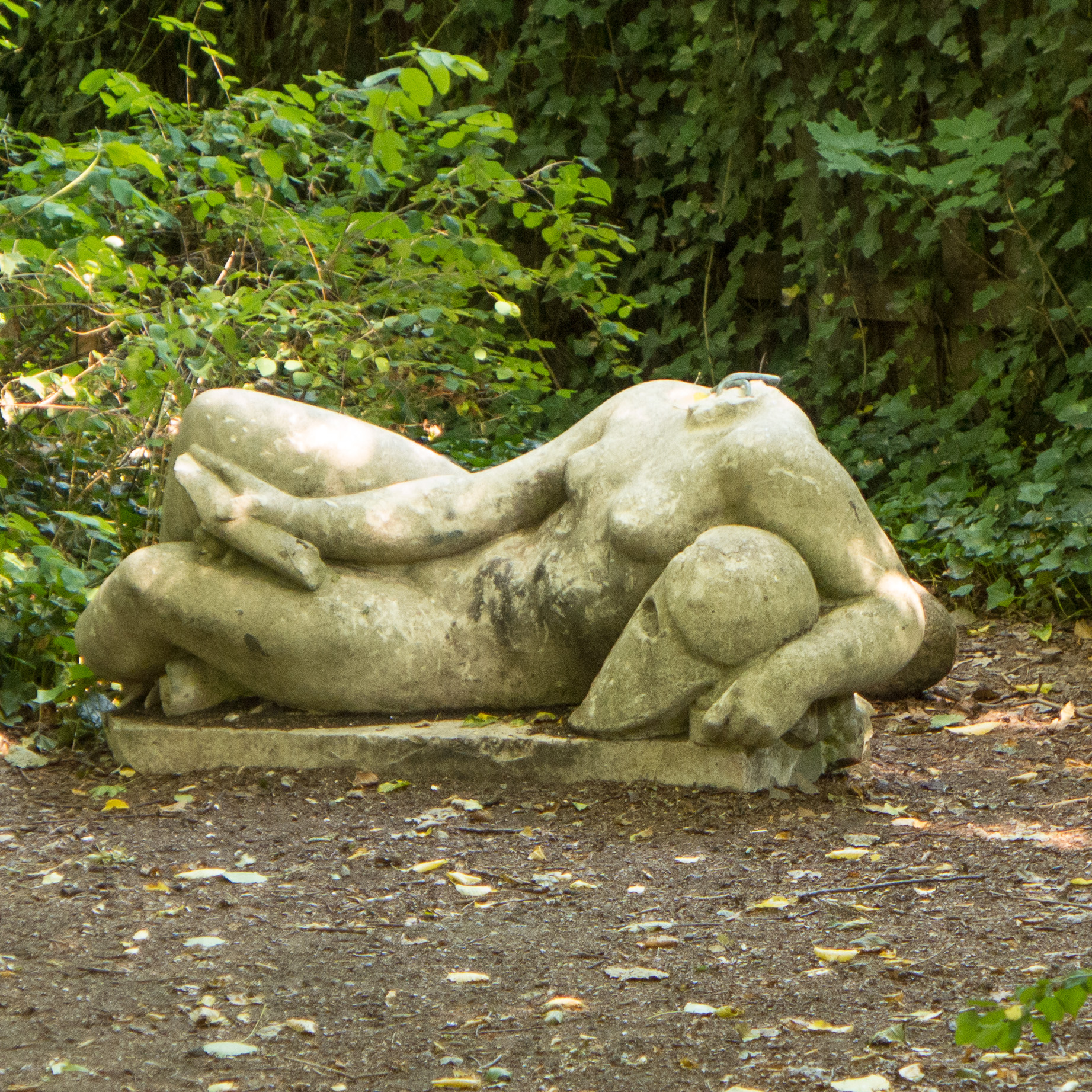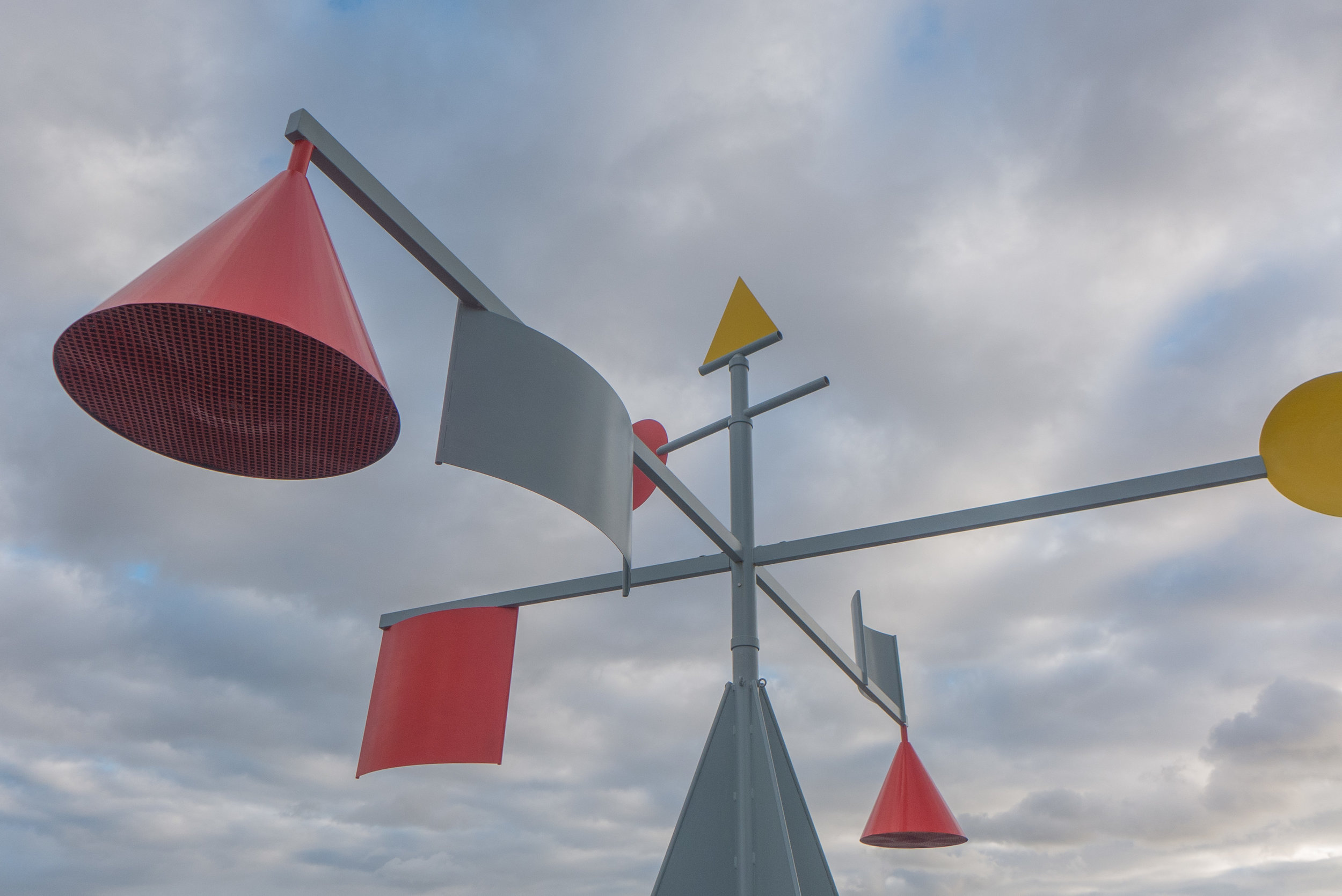Yellow at Officinet
/An exhibition at Officinet - the gallery in Copenhagen of Danske Kunsthåndværkere & Designere - to show the works of the Danish artist Torgny Wilcke and the English artist Simon Callery.
Both artists have used the colour yellow for a common element and both use what are essentially functional every-day materials - for Callery heavy canvas and Torgny Wilcke timber and corrugated metal strip for roof covering.
Both work on a large scale with a strong presence in the space and both hint at potential practical uses for their works … the wall pieces by Simon Callery reference storage and the large floor pieces by Torgny Wilcke have been used for seating so they are challenging boundaries between art, craft and design.
Both use proportions to bring order and to assume control of the space in the gallery.
the exhibition continues at Officinet until 24 March 2019
Bredgade 66, Copenhagen
Danske Kunsthåndværkere & Designere /
Danish Association of Craft and Design
Torgny Wilcke

